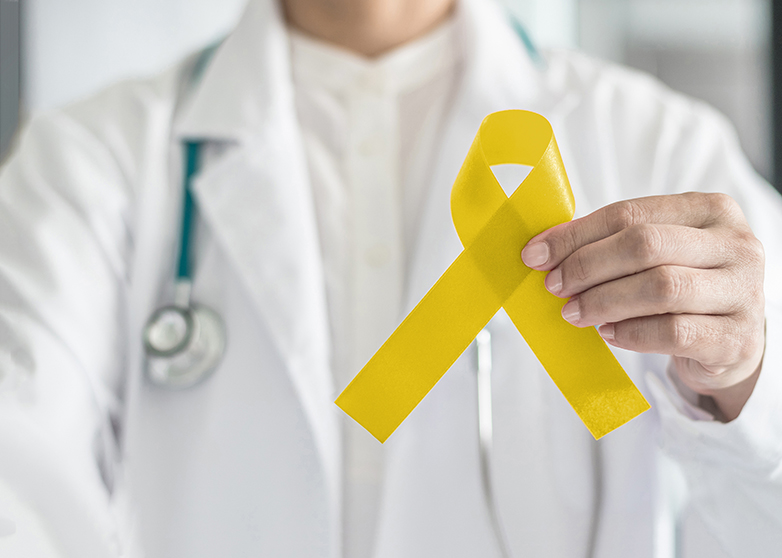
By Heather Hall, RN, Care Coordinator at Health AllianceTM
July is Sarcoma Awareness Month. Here’s what you should know about this type of cancer.
The Basics
Sarcoma is a broad type of cancer that can occur in any location in the body. It’s usually found in bones or soft-connective tissues like muscle, fat, tendons, blood vessels, nerves or the lining of joints. There are more than 70 different types of sarcoma.
Treatment
Treatment depends on the type of sarcoma, its location, the aggressiveness of cell growth, the cancer’s spread and other health factors (such as diabetes, heart disease, kidney disease, previous history of cancer, heredity and more). Types of treatment may include:
- Surgery, with the goal of completely removing all of the cancer cells while trying to preserve function. If complete removal isn’t possible due to the damage it might cause to other parts of the body, the surgeon will remove as much of the tumor as they’re able.
- Radiation therapy, using beams with high-powered energy (protons, X-rays) to kill cancer cells. There are three types of radiation therapy: external beam, brachytherapy (radiation temporarily placed internally) and intraoperative radiation.
- Chemotherapy, a drug treatment (IV or oral) that uses chemicals to kill cancer cells. It’s usually done in multiple cycles with many side effects. Chemotherapy doesn’t work for every type of sarcoma.
- Immunotherapy, a drug treatment that uses a person’s own immune system to battle the cancer cells.
- Targeted therapy, where doctors test to see what drugs might work best to fight the specific type of sarcoma – and then use these to attack weaknesses in the cancer cells.
- Ablation therapy, which kills cancer cells by applying heat and electricity, very cold liquids, or high-frequency sound waves.
- Clinical trials, where new and emerging treatments are offered.
The Care Team
A team of multiple doctors, specialists and others help treat and care for people with sarcoma. These include, among others:
- Oncologist: A medical doctor specializing in cancer, who’s the leader of the care team and determines the person’s specific treatment plan.
- Radiation Oncologist: The doctor who manages the radiation therapy (if needed).
- Primary Care Provider: The person’s regular doctor (for example, the doctor they go see for their yearly physicals), who can help them deal with their symptoms and set up referrals to specialist doctors.
- Palliative Care Provider: The provider who looks at the “big picture” and helps the person manage pain, loss of appetite, nausea and any side effects from their treatment.
- Pathologist: The doctor who reviews biopsy specimens and makes diagnoses.
- Pharmacist: Pharmacists mix the chemotherapy drugs, and they’re excellent resources for helping people manage their symptoms.
One Final Member of the Care Team
In addition to all these doctors and specialists, there’s one final member of the care team who helps bring everything (and everyone) together. Care coordinators – often available through a person’s health plan or their hospital – help people with sarcoma navigate the healthcare system, understand their diagnosis and treatment plan, and achieve health-related goals. They share information on symptom management strategies and assist people with the processes for referral (to specialty doctors) and prior authorization (for services, procedures and medicines). Care coordinators provide both specific, helpful resources and more general support. They’re an expert guide throughout the entire treatment process.
For members of our health plans, care coordination is a free service – and the Oncology Care Coordination Program is specifically available to assist our members with sarcoma and other cancers. To learn more about our Oncology Care Coordination Program, visit here. If you want this friendly, expert help, sign up by calling the number on the back of your health plan ID card.

